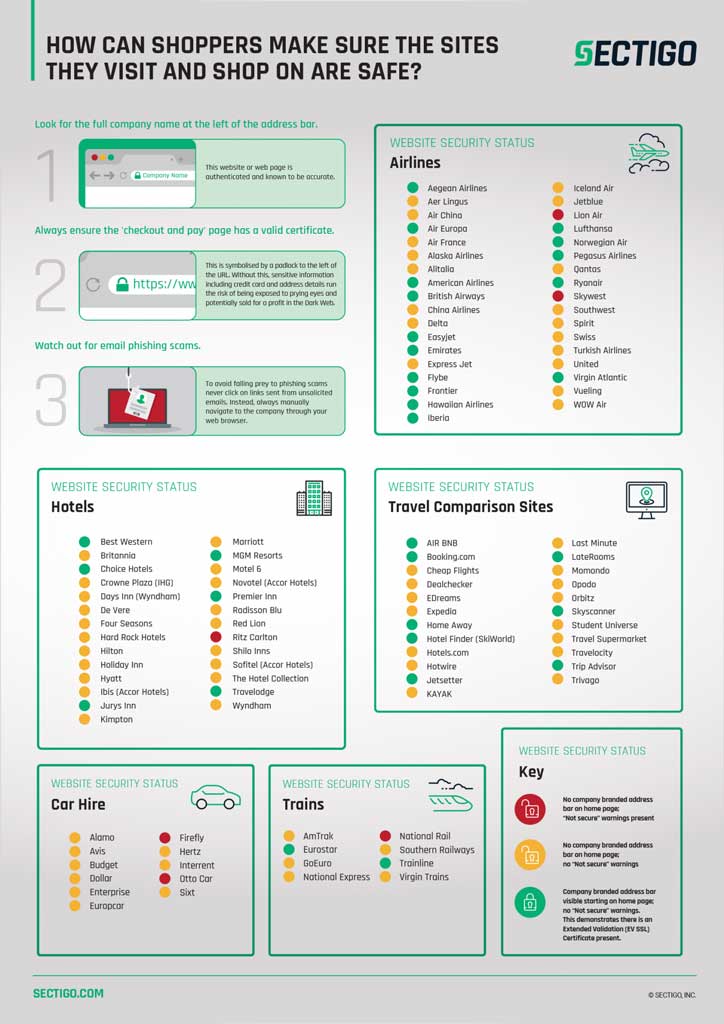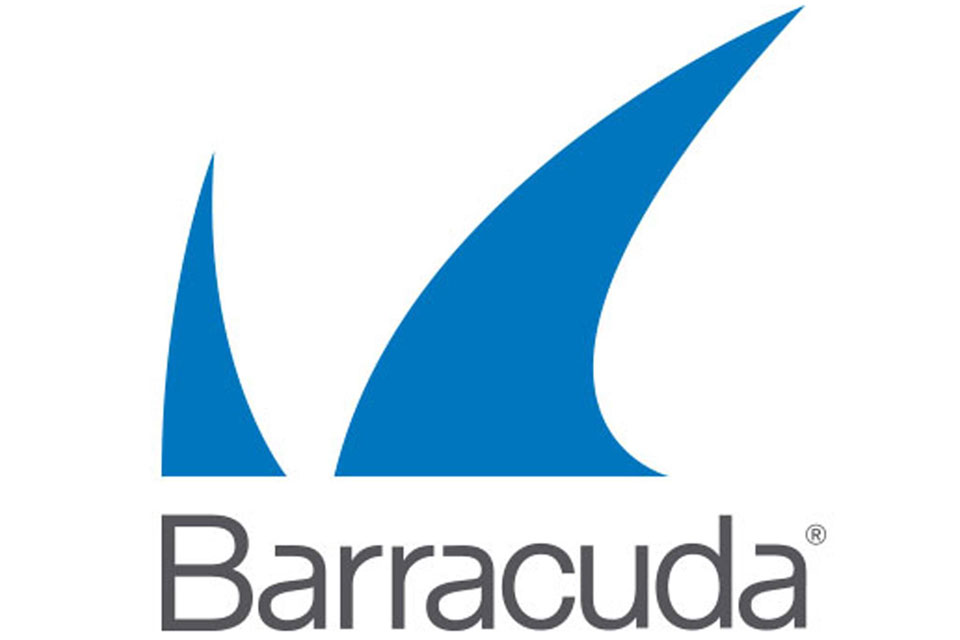Cybersecurity responsible for 36% of management stress
https://cybersecureforum.co.uk/wp-content/uploads/2018/12/Cyber-Stress.jpg 960 640 Stuart O'Brien Stuart O'Brien https://secure.gravatar.com/avatar/81af0597d5c9bfe2231f1397b411745a?s=96&d=mm&r=gOver half of SME owners count internet issues as one of their biggest bugbears heading into 2019, with phishing emails from overseas ‘billionaires’ topping the list of the strangest mailbox scams from the past 12 months.
In a survey conducted by Q2Q, 52% of company bosses complained that problems with their internet were responsible for some of their firm’s biggest technology-related headaches. While an additional 41% of respondents said that six months on, GDPR compliance was still causing confusion within the workplace.
The research also found that phishing emails – including those masquerading as financial information requests from the CEO, and communications purporting to be from a foreign billionaire looking to pass on significant sums of money – made up 38% of the most common scam communications.
Unsurprisingly then, cyber-security was responsible for 36% of management stress, with 22% of respondents citing emerging online risks as one of their biggest IT challenges heading into the New Year.
The research also found that around 64% of SMEs choose to outsource their IT support, while – shockingly – 10% of company owners didn’t have any sort of technical provision.
Andrew Stellakis, managing director at Q2Q, said; “Hearing that internet issues are still responsible for over half of SME’s IT-related headaches is simply inexcusable in this day-and-age. There are plenty of things which can cause a slow connection, but understanding the root cause is key to getting the most out of our systems, employees and the working day.
“It’s also rather worrying that – six months on – 40% of SME’s are still unsure about the rules and regulations surrounding GDPR. Over the past 18 months, I’ve spent a lot of time working closely with SMEs to ensure they are fully compliant – and it isn’t as daunting as it may seem.
“The appointment of a dedicated IT provider or GDPR officer – either in-house or externally – is often left until something goes wrong. But, as the news has been filled with reports of cyber-attacks and GDPR fines over the past few months, it should be all SME owners’ New Year’s resolution to ensure their company – and reputation – remains intact in 2019.”











